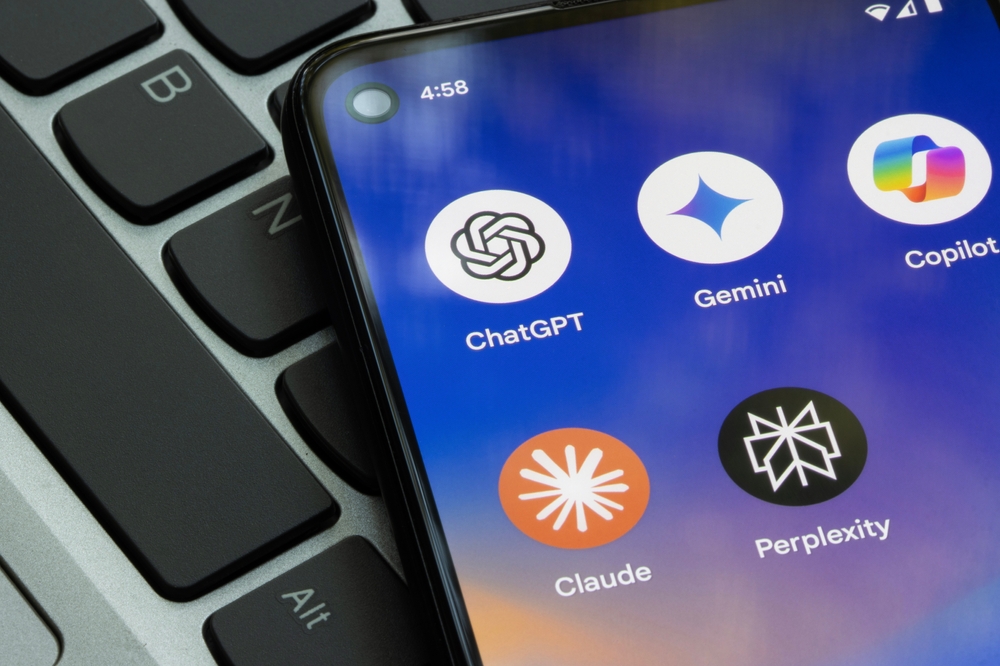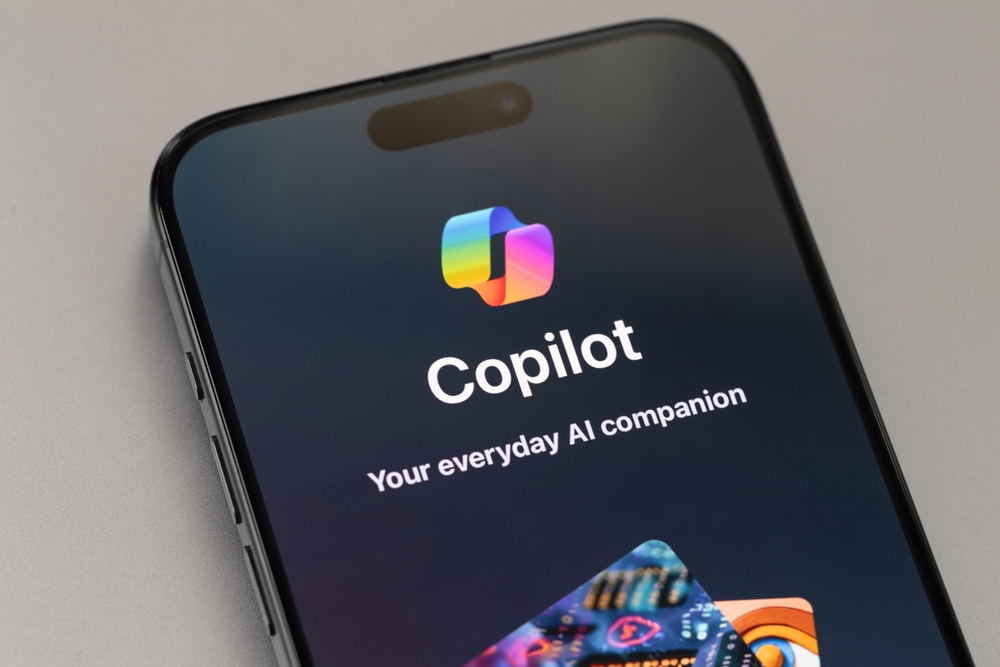Critics argue GPT-5’s professional polish hides deeper shortcomings. While OpenAI promotes safety and accuracy gains, experienced users see bland output and stubborn behavior under the surface. Some describe GPT-5 as trying to “cover all use-cases” without truly excelling at many of them.
So, what exactly are the highs, the lows, and the reality behind the marketing?
What’s Good About ChatGPT-5?
Smarter, Faster, More Capable
OpenAI claims GPT-5 delivers more accurate, context-aware, and thorough answers. It’s notably better at coding, health information, and writing tasks—operating, some say, at “PhD level.”
- Its multimodal reasoning allows it to interpret and generate not just text, but also images, spatial information, and even code—an advance over prior versions.
- Hallucinations are reduced: GPT-5 is designed to minimize false information, follow instructions more reliably, and handle complex, goal-oriented tasks.
- In health and science contexts, GPT-5 scores higher in real-world evaluation scenarios. It’s also more proactive about flagging concerns and tailoring advice.
- Everyday workflows—like email drafting, document analysis, and research—are noticeably faster.
Embedded in Microsoft Copilot—A New Level of Integration
Copilot now uses GPT-5 across its suite, meaning smarter replies and a “router engine” that chooses between quick, succinct answers and deep, context-rich planning. Teams benefit from automatic model selection, plus added security and compliance features—no manual switching required.
Free Access
GPT-5 is available in Microsoft Copilot for free, not just to paid subscribers. In ChatGPT itself, free-tier users get limited access (e.g., up to ten prompts every five hours), with additional requests routed to a lighter model.
Several other platforms—such as Bing, Cursor AI, and Qwen Chat—offer GPT-5 or comparable models for free in basic usage tiers.
The Complaints: Why Are So Many Users Upset?
Bland, Robotic Output
Many users say GPT-5’s responses feel sterile—more like an overworked secretary than a creative partner. Compared to GPT-4o, the output often lacks surprise, creativity, and emotional engagement. Further, attempts to change tone mid-chat often fail, as GPT-5 reverts to generic phrasing regardless of user prompts.
Context and Instruction-Following Problems
Over longer conversations, GPT-5 sometimes loses track of context and drifts to unrelated topics. It can struggle to consistently follow explicit instructions as chats grow. Users also report hallucinations—incorrect or misleading information—despite OpenAI’s claims of improvement.
Workflow Disruption
Custom workflows built for earlier models often break with GPT-5, forcing users to adapt or rebuild processes. “Model drift”—unannounced switches to faster but shallower variants—has been a recurring complaint, disrupting established routines.
How Does GPT-5 Work in Microsoft Copilot?
This can be summed up in 4 words: Same core, different execution.
- The underlying GPT-5 model is the same, but Copilot routes prompts through “smart” or “deeper reasoning” engines depending on complexity.
- Copilot also adds enterprise-grade security, compliance, and privacy controls, along with team collaboration tools and deeper integration into Microsoft’s business apps—benefits you don’t get from ChatGPT alone.
- In developer tools like Copilot Studio, GPT-5 helps build custom agents and manage workflows, balancing speed and reasoning power based on the request.
Bottom Line
GPT-5 brings real improvements in coding, reasoning, and enterprise integration—especially within Microsoft’s ecosystem. But it also frustrates long-time users with its overly polished tone, workflow disruptions, and tendency to lose context.
If you need an AI for structured work—coding, research, or business processes—GPT-5 is cutting-edge. But if you value spontaneity, creativity, and dynamic conversation, you might miss the quirks of older models.
The promise is real, but so are the growing pains—and how well it works for you will depend on what you ask of it and where you use it.
Have ideas, questions, or thoughts to share? I’d love to hear from you—feel free to reach out anytime at g.*******@***et.com. And if you want more insights like this, subscribe on our website to get regular tips on cybersecurity, IT management, AI tools, and more delivered to your inbox weekly.





0 Comments